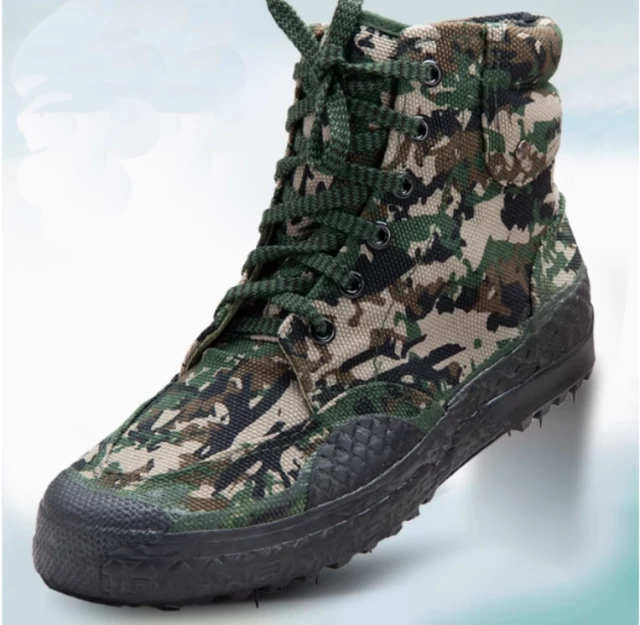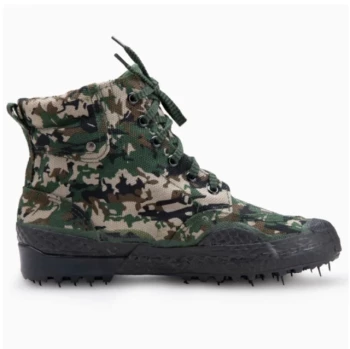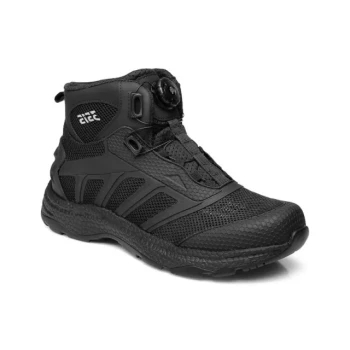Camouflage fabric is more than just patterned cloth—it’s a fusion of material science, engineering, and environmental adaptation. Whether for military operations, hunting, or outdoor recreation, effective camouflage relies on innovations that balance durability, functionality, and environmental mimicry. This article explores the technical processes and material advancements that make modern camouflage fabrics so effective across diverse terrains.
The Evolution of Camouflage Fabric
Historical Techniques to Modern Innovations
Camouflage has evolved from rudimentary natural dyes to sophisticated engineered textiles. Early methods relied on organic pigments and simple patterns, but modern fabrics integrate multi-spectral concealment, ensuring invisibility not just to the naked eye but also to infrared and night-vision technologies.
Key advancements include:
- Digital pattern replication for hyper-realistic environmental blending
- Adaptive coloration that shifts under different lighting conditions
- Modular designs allowing reversible or adjustable patterns
Role of Military Requirements in Design
Military needs have driven much of camouflage innovation. Specifications like MIL-STD-300C dictate performance in durability, infrared reflection, and thermal regulation. These standards ensure fabrics remain effective in extreme conditions—whether desert heat or Arctic cold.
Material Engineering for Durability and Function
Synthetic vs. Natural Fibers: Performance Trade-offs
Modern camouflage primarily uses synthetic fibers like nylon and polyester for their:
- Strength-to-weight ratio (resisting tears while remaining lightweight)
- Moisture-wicking properties (critical for prolonged field use)
- UV resistance (preventing color degradation)
Natural fibers like cotton still appear in some applications but lack the durability and NIR (Near-Infrared) compliance required for military-grade camouflage.
NIR Compliance and Thermal Regulation Technologies
Avoiding detection by night-vision equipment requires NIR-treated fabrics, which minimize infrared reflectance. Additionally, advanced textiles incorporate:
- Phase-change materials to regulate body temperature
- Microporous coatings for breathability without sacrificing concealment
Production Processes and Advanced Techniques
Digital Printing vs. Traditional Screen Dyeing
While screen dyeing was once standard, digital printing now dominates for its precision and efficiency:
- Higher pattern resolution for realistic environmental mimicry
- Reduced waste (no screens or excess dye runoff)
- Faster prototyping (critical for custom designs)
Algorithmic Pattern Design for Environmental Adaptation
Modern camouflage uses algorithmic design tools to create patterns that:
- Disrupt silhouettes (breaking up human or equipment outlines)
- Blend across multiple terrains (e.g., transitional forest-to-desert patterns)
- Adjust for seasonal changes (snow vs. foliage variants)
Applications and Industry Standards
Military Specifications (e.g., MIL-STD-300C)
Military fabrics undergo rigorous testing for:
- Abrasion resistance (withstanding rough terrain)
- Flame retardancy (critical for combat zones)
- Chemical/biological agent protection (in specialized suits)
Commercial Uses in Hunting and Outdoor Gear
Beyond defense, camouflage is vital for:
- Hunting apparel (ensuring undetected proximity to game)
- Outdoor recreation (backpacks, tents, and footwear designed for stealth)
- Wildlife photography (blending into natural habitats)
Final Thoughts: The Hidden Science in Every Thread
Camouflage fabric represents a quiet revolution in textile engineering—where aesthetics meet survival functionality. From algorithmic designs to infrared-defying materials, these innovations ensure effectiveness whether on the battlefield or in the backcountry.
Partner with 3515, a trusted manufacturer specializing in durable, high-tech footwear and apparel solutions for distributors and brands. Let’s bring your vision to life with materials engineered for real-world demands.
Related Products
- Durable Spiked Camouflage Boots Wholesale & Factory Production
- Durable High-Ankle Tactical Boots for Wholesale & Custom Manufacturing
- Wholesale Lightweight Tactical Boots with Dial Closure OEM & Bulk Orders
- Wholesale Durable Camo Canvas Shoes with High-Traction Rubber Soles
- Customizable Anti-Smash Safety Boots for Wholesale & Private Label Manufacturing
Related Articles
- Cupsole vs. Vulcanized Shoes: How Construction Impacts Performance
- How Vulcanized Skate Shoes Enhance Performance for Technical Skaters
- How Vulcanized Rubber Powers High-Performance Applications Across Industries
- How Vulcanized Skate Shoes Elevate Technical Performance: A Skater’s Guide
- Why Vulcanized Shoes Dominate Durability and Comfort: A Technical and Practical Guide




















